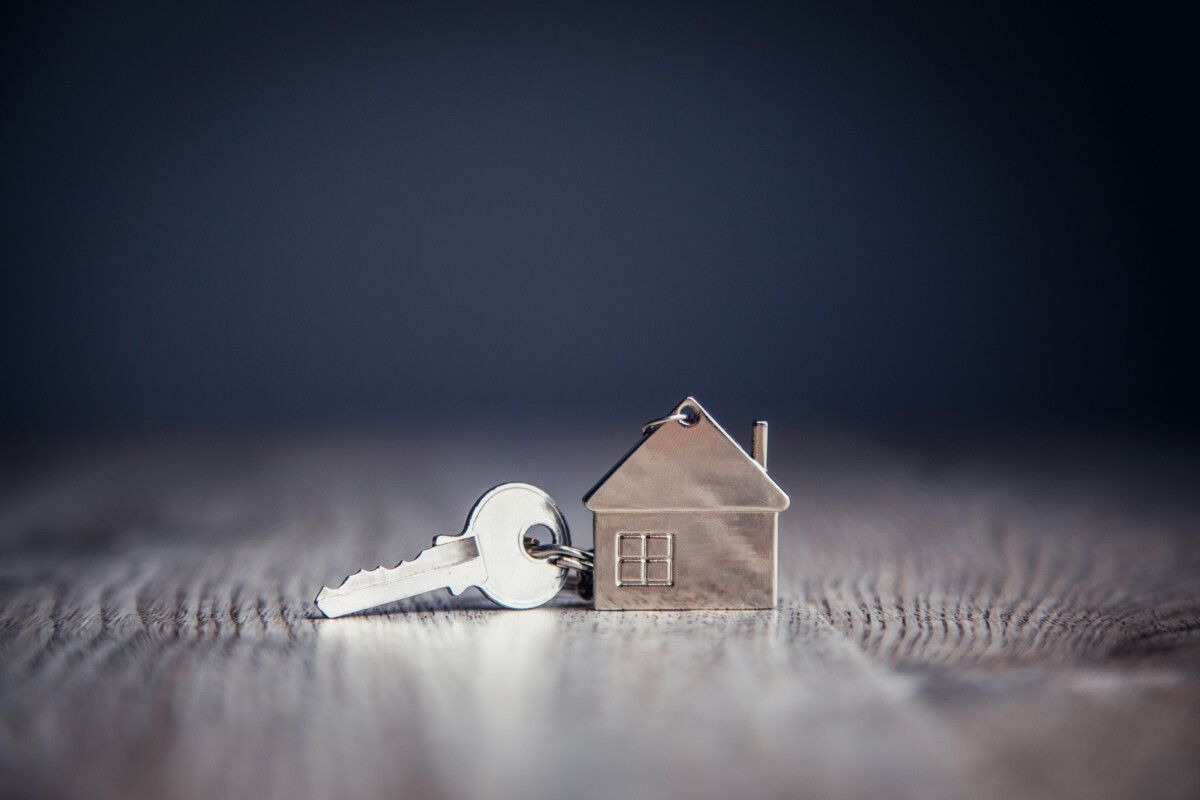
Building a tiny house is an exciting journey that offers the freedom of a minimalist lifestyle and the satisfaction of constructing your own home. Whether you aim to downsize, achieve financial independence, or live more sustainably, this step-by-step guide will help you navigate building a tiny house.
Step 1: Planning and Design
1. Define Your Purpose:
- Determine why you want to build a tiny house. Are you looking to simplify your life, reduce your carbon footprint, or create a mobile living space?
2. Set a Budget:
- Establish a realistic budget that includes all aspects of the build, such as materials, tools, permits, and labor. This helps you make informed decisions and avoid overspending.
3. Choose a Design:
- Decide on the size and layout of your tiny house. Consider your needs and preferences, such as the number of occupants, storage requirements, and desired amenities. Use design software or consult with a tiny house designer.
Step 2: Acquire Materials and Tools
1. Select a Trailer:
- If your tiny house is mobile, choose a suitable trailer as the foundation. Ensure it meets your design’s weight capacity and size requirements.
2. Gather Materials:
- Source high-quality materials for the construction. Common materials include lumber, insulation, roofing, windows, and doors. Consider using sustainable and eco-friendly options.
3. Assemble Tools:
- Equip yourself with tools such as a saw, drill, hammer, level, measuring tape, and safety gear. Renting specialized tools can be cost-effective if you don’t own them.
Step 3: Construction
1. Build the Foundation:
- Secure the trailer and construct a solid foundation for a mobile tiny house. If building on a permanent site, prepare the ground and pour the foundation according to local building codes.
2. Frame the Structure:
- Construct the walls, floor, and roof framework. Use the plans to ensure accurate measurements and alignment. Securely fasten the framing to the trailer or foundation.
3. Install Insulation and Sheathing:
- Proper insulation is crucial for energy efficiency. Install insulation in the walls, floor, and roof. Cover the exterior with sheathing to provide structural strength and a base for the exterior finish.
4. Add Roofing and Siding:
- Install the roofing material, ensuring it is weatherproof and durable. Attach siding to the exterior walls, considering aesthetics and protection against the elements.
5. Install Windows and Doors:
- Carefully cut openings and install windows and doors. Seal them properly to prevent leaks and ensure energy efficiency.
6. Rough-In Plumbing and Electrical:
- Plan and install the plumbing and electrical systems. This may require professional assistance to ensure compliance with building codes and safety standards.
7. Interior Finishing:
- Finish the interior walls, ceiling, and flooring. Use materials that are lightweight and durable. Paint or stain surfaces to your preference.
8. Install Fixtures and Appliances:
- Install kitchen and bathroom fixtures, appliances, and built-in furniture. Optimize space by incorporating multifunctional elements.
9. Final Touches:
- Add personal touches such as décor, lighting, and storage solutions. Ensure all systems are functional and make any necessary adjustments.
Step 4: Inspection and Certification
1. Conduct Inspections:
- Arrange for inspections at various build stages to ensure compliance with local building codes and standards.
2. Obtain Certification:
- Obtain Certification for your tiny house, especially if it is mobile. This can help with insurance and resale value.
Conclusion
Building a tiny house is a rewarding experience that requires careful planning, diligent execution, and attention to detail. Following this step-by-step guide, you can create a cozy, functional, and personalized living space that reflects your values and lifestyle. Embrace the journey and enjoy the benefits of tiny house living.

















